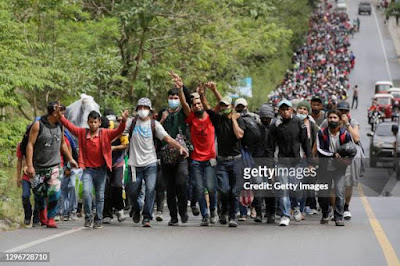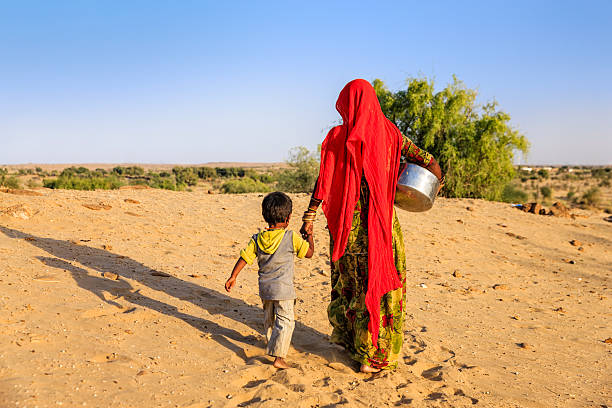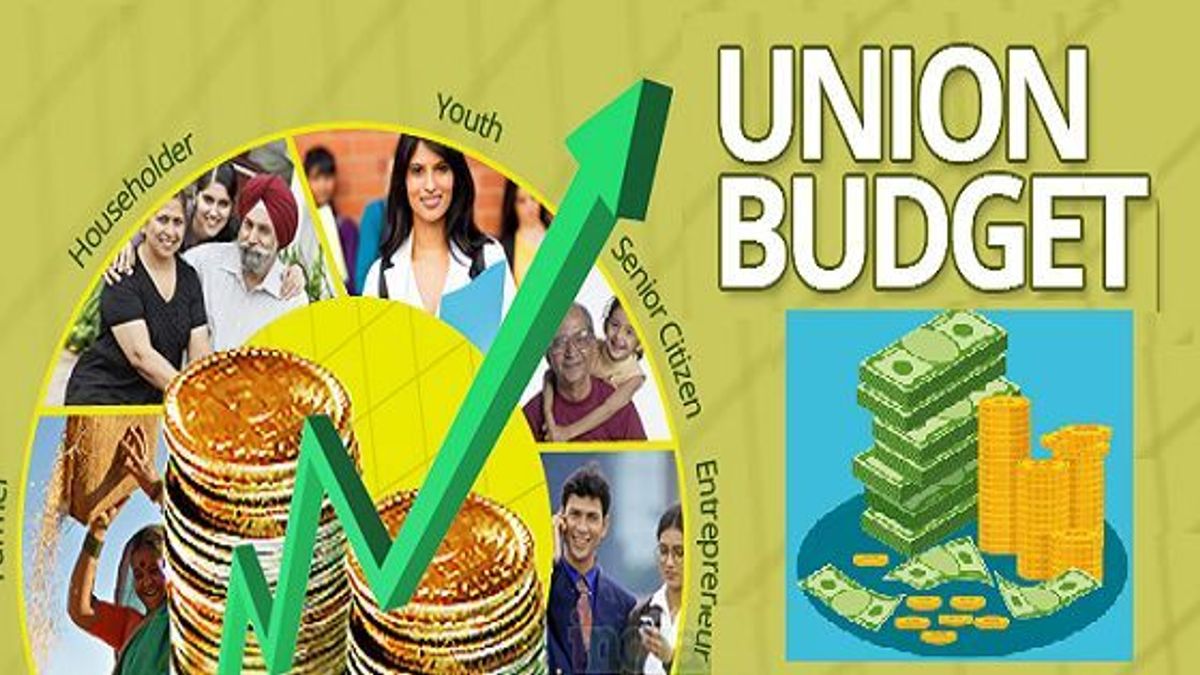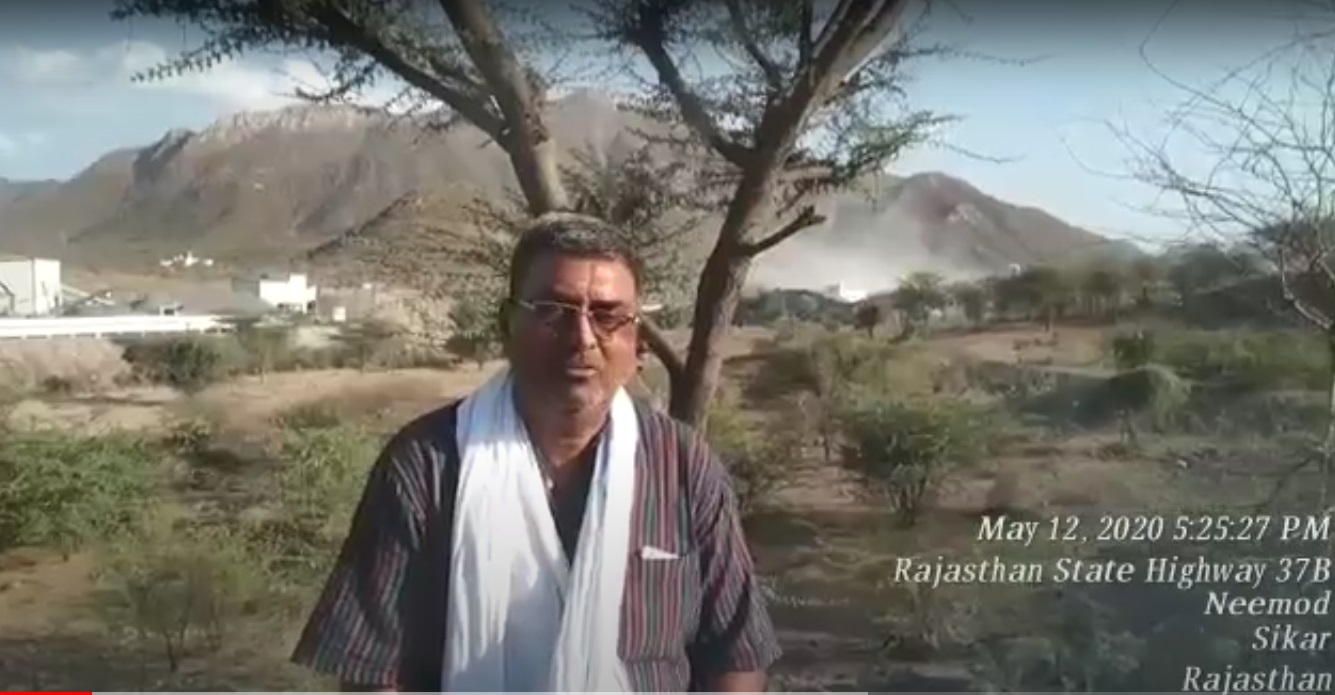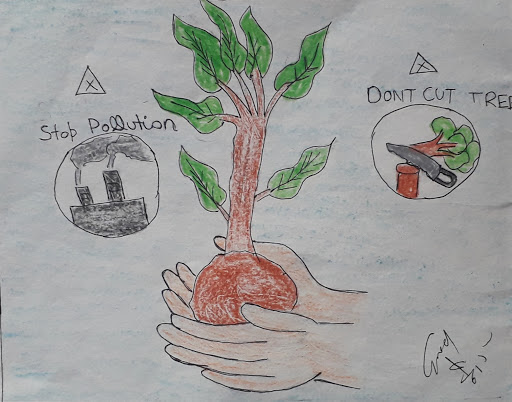A. Orwell It is crucial for a vibrant democracy to have politically conscientious youths. When young people are politically aware, they are better able […]
World Migration Report 2024: Beyond the Statistical Jugglery
Mohammad Akmal Shareef On May 7, 2024 Ms Amy E. Pope, Director General of International Organization for Migration (IOM) launched the World Migration Report 2024 […]
Climate Change on the periphery of Rajasthan State budget 2022
Mitali Soni “Climate change is real. It is happening right now, it is the most urgent threat facing our entire species and we need […]
प्रोजेक्ट बक्सवाहा – बुंदेलखंड के अमेज़न पर ख़तरा
जावेद अनीस पृथ्वी सभी इंसानों की ज़रुरत पूरी करने के लिए पर्याप्त संसाधन प्रदान करती है, लेकिन लालच पूरा करने के लिए नहीं. (महात्मा […]
Union Budget 2021-22: Privatisation is Main Theme
Nesar Ahmad We all expected the focus of the union budget 2021-21 was going to be employment and measures to income generation. But MGNREGA, the […]
कोरोना और विकास की अवधारणा
देश में कोरोना मरीज़ों की संख्या 20 लाख से अधिक हो गयी है जिसमें से दो तिहाई से अधिक मरीज़ ठीक हो चुके हैं लेकिन […]
Gender Inequalities and Gender Based Violence: Shadow Pandemic
Introspective Note of an Indian Feminist Dr. Sanghamitra Dhar GENDER DISCUSSION BRINGS CHEERS OR JEERS In our contemporary social media-driven world, opinions are formed and […]
Watch video ‘Withdraw Draft EIA Notification 2020’: Kailash Meena
Watch Kailash Meena, a human rights Activist from Rajasthan, speaking on Draft EIA Notification 2020… राजस्थान के मानवाधिकार कार्यकर्ता कैलाश मीणा पर्यावरणीय प्रभाव का अध्ययन […]
पर्यावरणीय प्रभाव का अध्ययन अधिसूचना 2020: औद्योगिक हितों को तरजीह
नेसार अहमद पर्यावरण संरक्षण अधिनियम 1986 के तहत देश में विभिन्न परियोजनाओं को पर्यावरण, वन एवं मौसम बदलाव मंत्रालय से पर्यावरणीय अनुमति (environmental clearance-EC/environmental […]
Nature of Land Conflicts in India
Review of the Report ‘Locating the Breach: Land Conflicts in India’ Laura Begu Land is central to India’s development trajectory, and conflicts over land have […]


